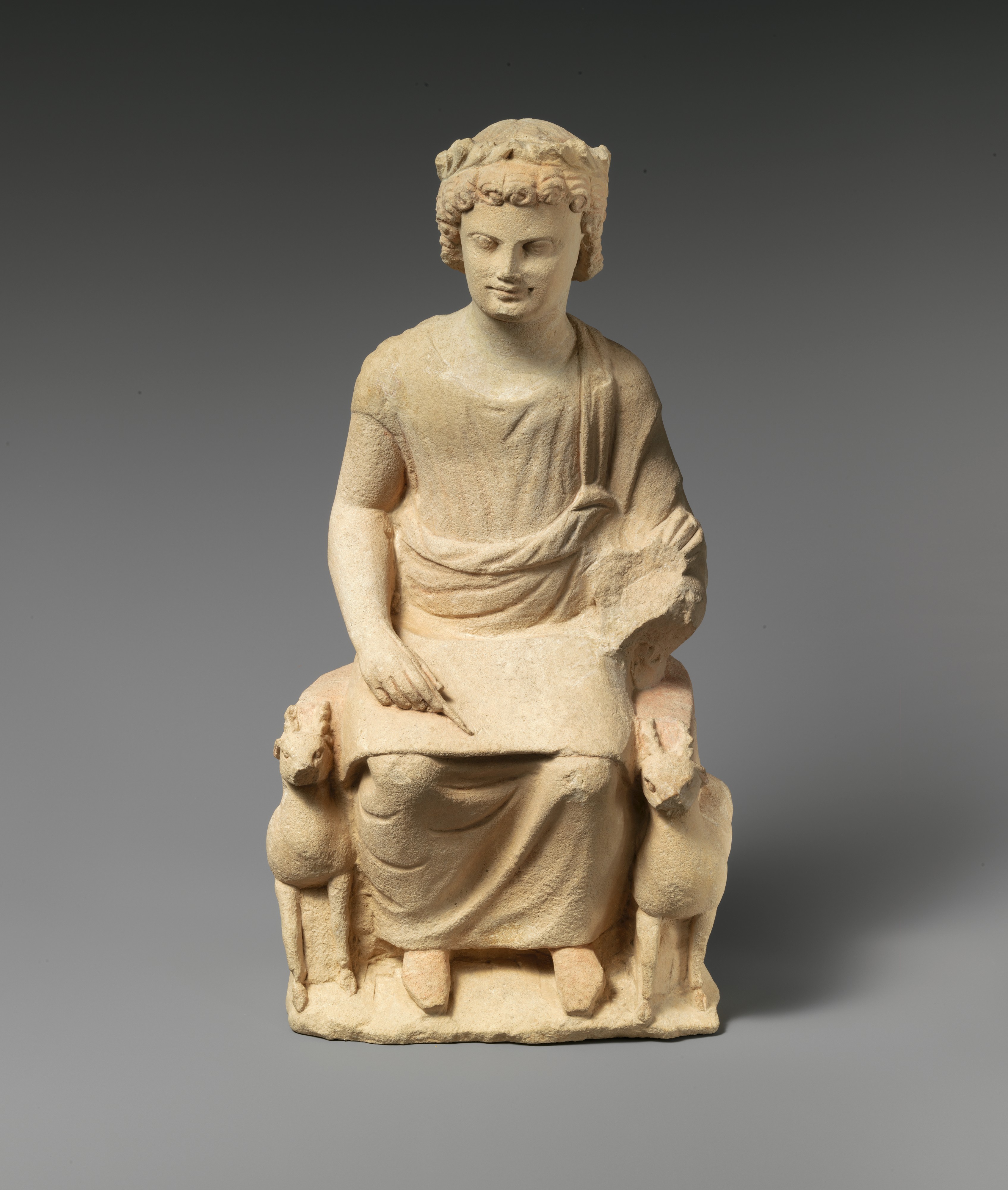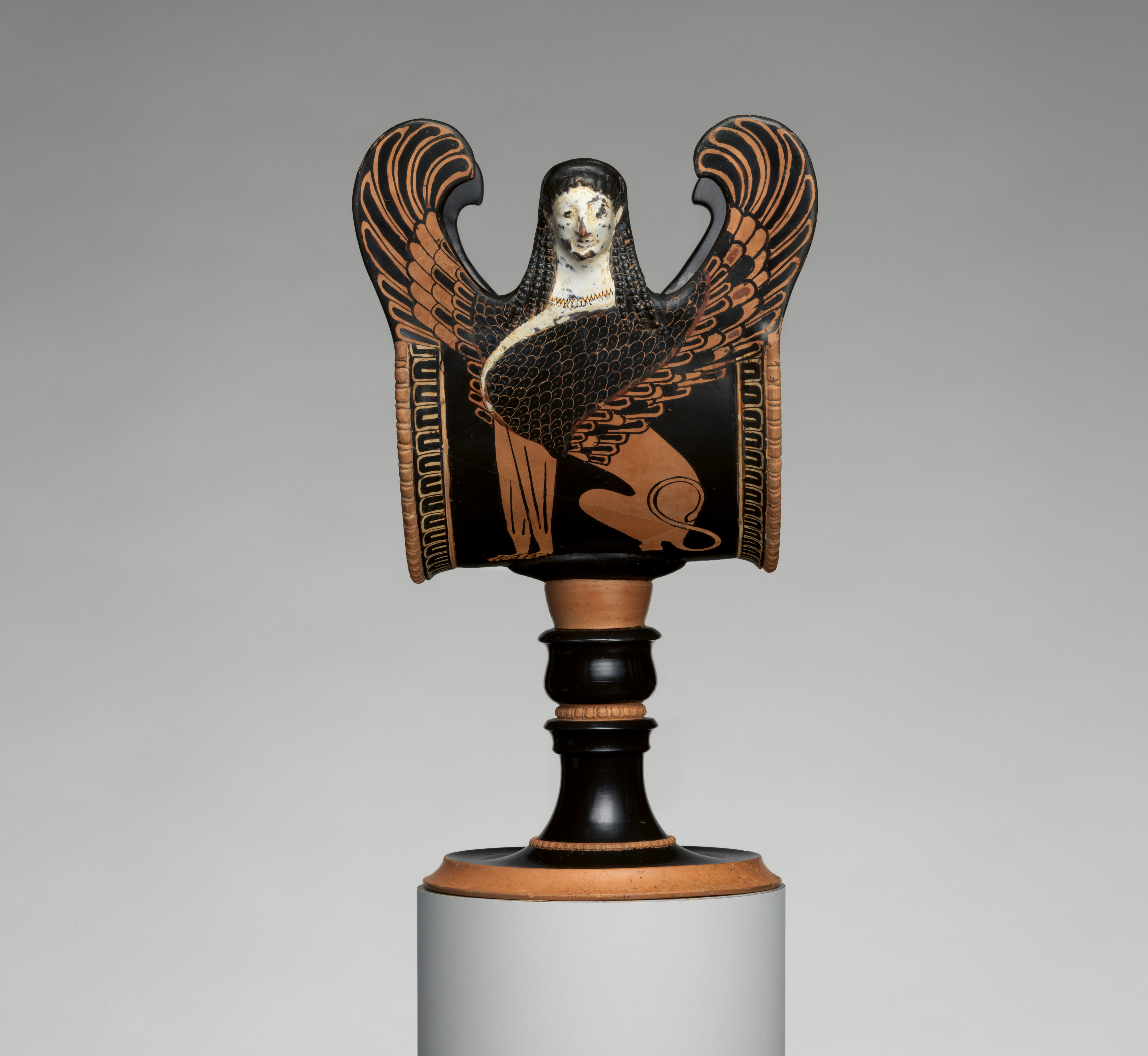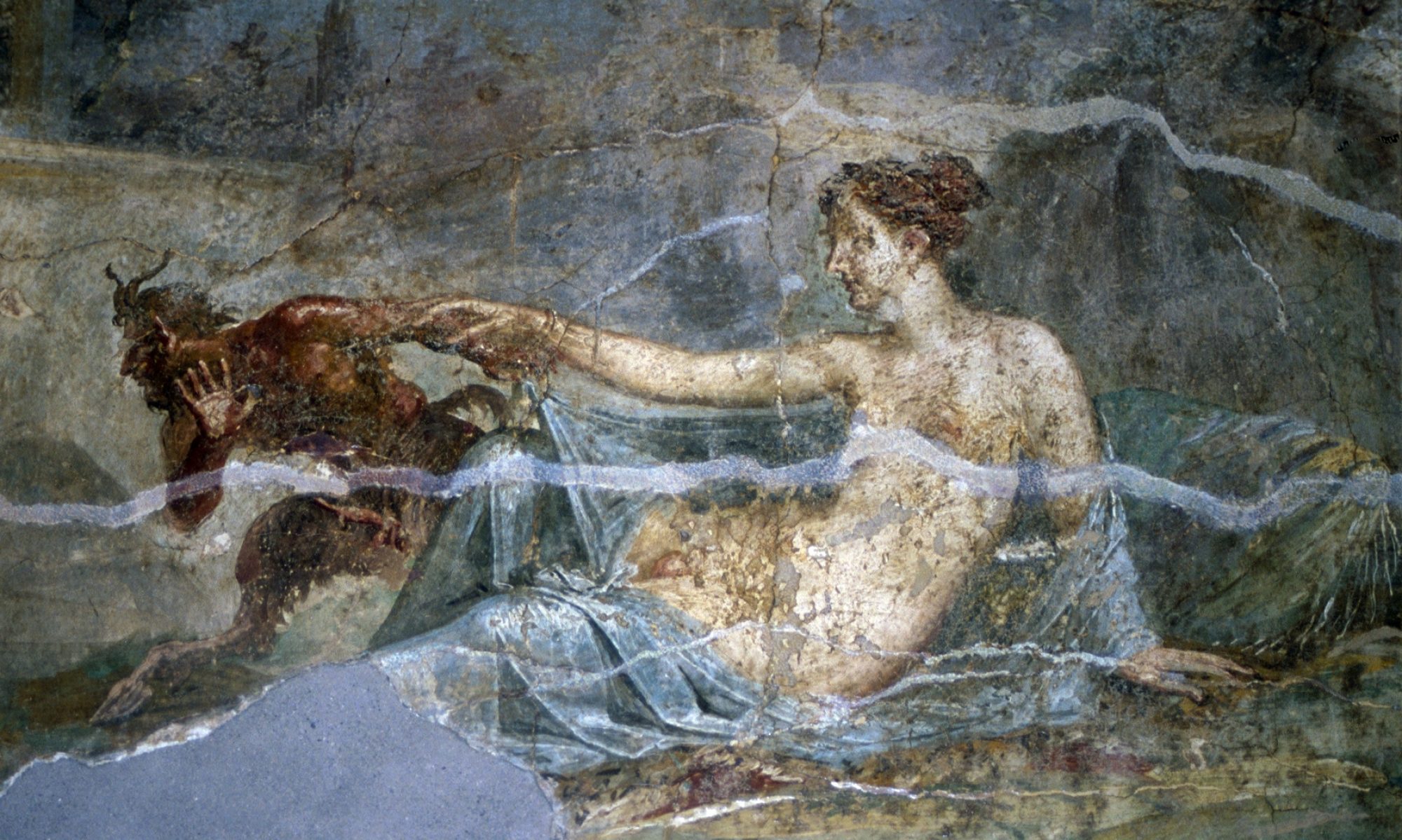
Goal
A list of eight peer-reviewed, up-to-date* chapters or articles relevant to your research topic cited using Chicago style bibliographical references (author-date system). Each reference should be followed by a paragraph (200-400 words each) that answers the following questions:
- What is the basic argument or goal of work?
- What primary evidence does it consider?
- How technical/specific is it? How general/comprehensible is it?
- How might it be useful to your final research paper? Or, why is it NOT useful but you initially thought it might be?
*-up-to-date is relative: with in 5 years = excellent, within 10 years = good, within 15-25 years = generally o.k., older than 25 years, only with special justification!
Steps
Browse subject specific bibliographies, especially the Sexuality PDF from Oxford Bibliographies on BB, but also check out Ancient World Open Bibliographies, esp. the section on Gender and Sexuality, and Diotima. Copy and paste citation of anything potentially relevant into a working document.
Decide on key words to begin your searches
Try out these words in OneSearch BUT remember this is a start not an ending! Filter your search results to only stuff within 25 years, exclude reference works, etc. Copy both citation and permalink of anything potentially relevant into a working document.
Start using subject specific bibliographical databases: L’Année Philologique, Gnomon, and TOCS-IN. Remember to limit your search by year and language to return fewer more relevant results. Copy and paste all available information into working document. If available auto generate a Chicago style citation. Be sure to mark AP abstracts as NOT your words to avoid future plagiarism. Gnomon often links to Table of Contents PDFs create a file to store these. Also be sure to copy ISSN or DOI if listed – they speed up findings!
Review findings. Ideally you may have 20-30 possibilities or even more! Rank in order of what looks most useful and interesting.
Do you feel like you might not have found enough? Try putting your search words into BMCR archives. This will help you find books with chapters potentially relevant to your project. The book review is not itself something to include in the annotated bibliography (but save a link!), rather you should note the book itself and what chapter might be relevant.
Still not enough? Maybe your key words need refining? How flexible have you been in what you’ve tried? Also, might be a good time to contact the professor.
For the top twelve, check OneSearch download immediately available article/chapters.
For remainder of top twelve, do a quick internet search of author last name and title to see if a PDF has been put online by them; if not, use ILL to place requests. It is expected that everyone will use ILL for this class at some point! ILL often takes 72 hours or more to get you a pdf of something! This means procrastination is your enemy.
NEVER PAY TO ACCESS ANYTHING!
Skim/Scan the articles taking notes related to the goal questions above.
Choose eight for submission. Paste the citations into a new document and number them. Make sure all the citations have the same format–tweak to standardize. Number the citations and bold the date. Below each citation transform your notes into a paragraph that answer goal questions and will help you remember what you’ve learned for later in the semester.
Consider asking someone to proof your annotations for typos and clarity of wording.
Re read your notes to make sure your annotations have not plagiarized online abstracts.
Upload document as .docx or .pdf to Bb.

